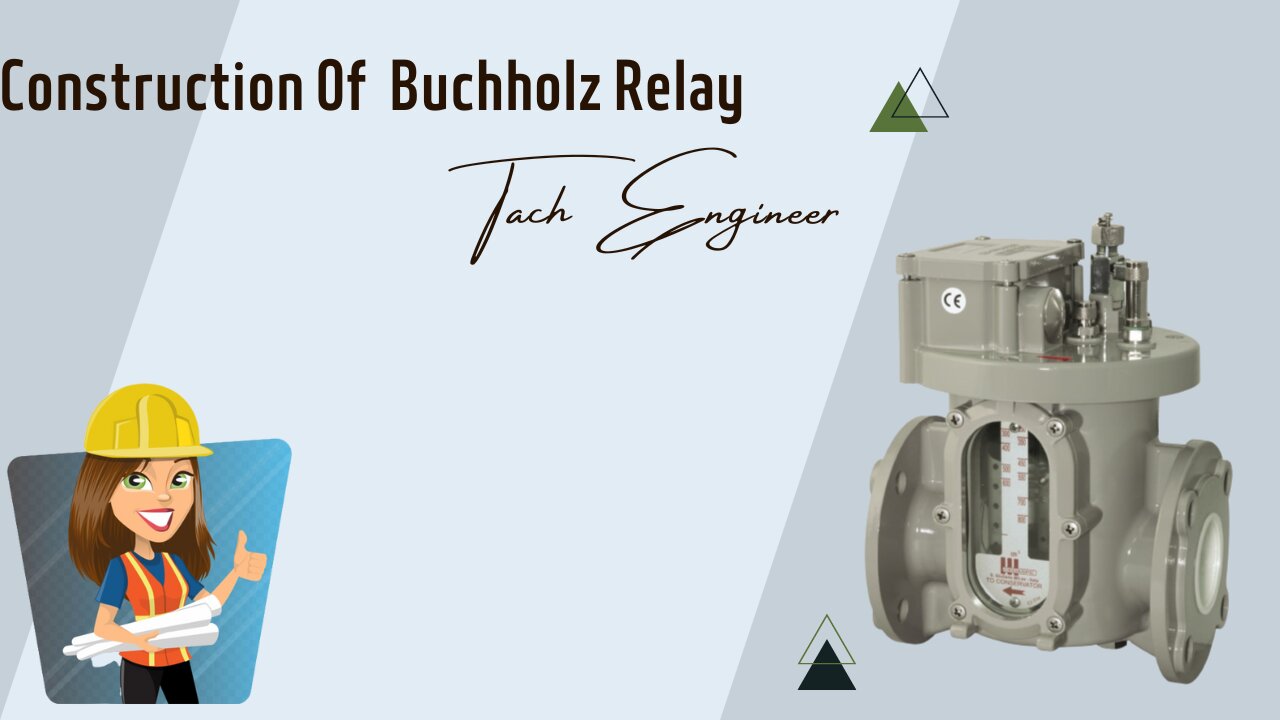Premium Only Content

Inside the Buchholz Relay: How it Works and How it's Built || Tach engineer || 2023
Buchholz Relay is an essential component in transformer protection systems that is designed to detect and respond to faults and other issues in oil-filled transformers. It functions by detecting the buildup of gas in the oil of the transformer and responding appropriately when the gas production exceeds a certain limit.
The relay consists of two main components: the gas collecting chamber and the mercury switch. The gas collecting chamber is located at the bottom of the transformer tank and is filled with oil. When gas bubbles rise to the top of the chamber, the mercury switch tilts, triggering an alarm or shutting down the transformer to prevent further damage.
Buchholz Relay is highly effective in detecting a wide range of faults in transformers, including insulation failure, short circuits, overloading, and other issues that could lead to serious damage or safety hazards. Its reliable and accurate performance has made it a vital tool in electrical engineering, ensuring the safety and efficiency of power grids and other electrical systems.
-
 3:32:31
3:32:31
United Fight League
22 hours agoUFC 309 Watch Party w/ Rampage Jackson, Maycee Barber, Demi Bagby, and Harrison Rogers
196K35 -
 2:35:52
2:35:52
Jewels Jones Live ®
1 day agoELECTION OVER - LIES CONTINUE | A Political Rendezvous - Ep. 100
93K77 -
 3:59:18
3:59:18
GamerGril
1 day agoPAGING ALL ZOMBOIZ | DEAD ISLAND 2
203K21 -
 42:24
42:24
MYLUNCHBREAK CHANNEL PAGE
1 day agoA Century Gone
206K141 -
 38:22
38:22
Stephen Gardner
1 day ago🔥HOLD ON! The RUMORS about Kamala are TRUE...
247K750 -
 1:22:44
1:22:44
Michael Franzese
1 day agoWill Trump’s Win Finally Convince Democrats to Stop The Woke Nonsense??
209K175 -
 8:27:07
8:27:07
MDGgamin
1 day ago🔴LIVE- Rumble Gaming To The MOON - Variety of Games & Chatting - #RumbleTakeover
179K5 -
 27:24
27:24
Mr. Build It
6 days agoDECK DISASTER! How We Fixed a Botched Build
138K19 -
 26:58
26:58
barstoolsports
1 day agoZach Bryan Blocks All of Barstool | Stool Scenes
145K20 -
 1:06:44
1:06:44
Talk Nerdy 2 Us
1 day ago🔥 Hackers vs. The World: From Amazon breaches to FBI-confirmed Chinese telecom spying
128K23